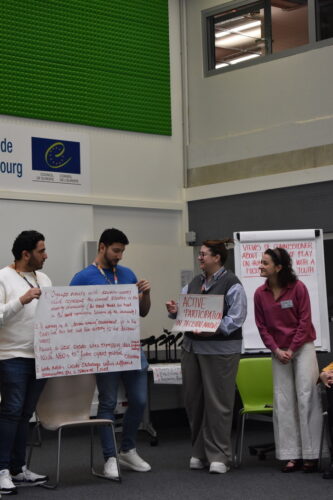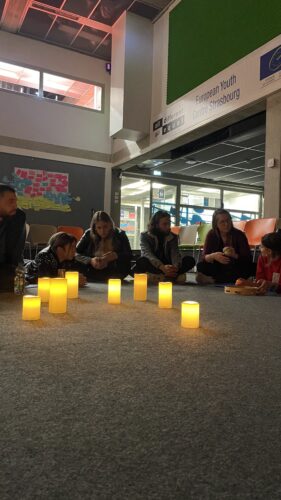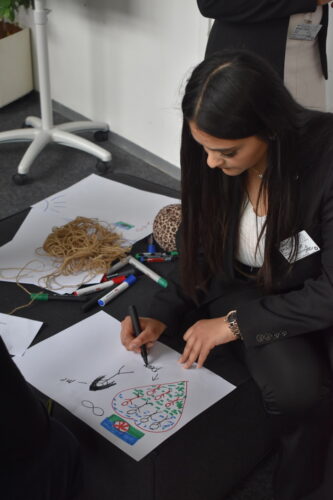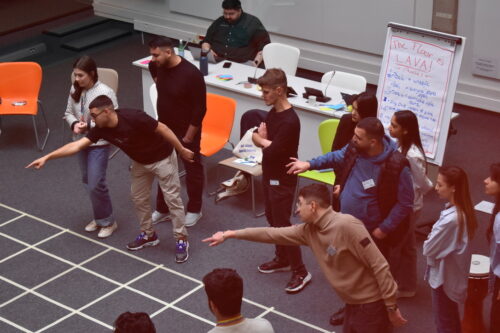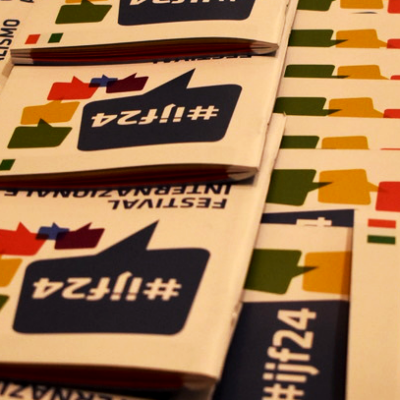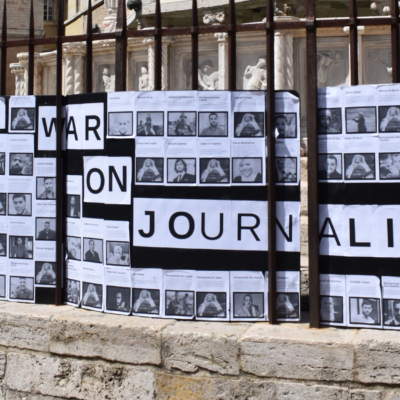A yearly meet-up at Strasbourg’s Council of Europe attracts Roma from all over Europe to celebrate their culture, history, and heritage. Here’s exactly why and how this will impact future Roma generations to come.
As Europe’s largest ethnic minority, Roma are missing a spotlight on their issues. Ranging from systemic racism to stereotypes and the consistent lack of opportunities, Roma are lacking mainstream spaces in modern society. Since 1995, the Council of Europe has been combating this by supporting the development of Roma youth networks, carrying out training programmes, supporting start-up Romani projects, and, most prominently, holding the yearly Roma Youth Together seminar.
Roma 101
All the way back in the 11th century, Punjabi natives began to leave India and head for Europe. It is guessed that this emigration may have been a result of an invasion by Mahmud of Ghazni. Roma began to move around, form their own language (Romanes) and culture, and move away from their original Indian identity.
Due to their nomadic nature, non-white appearances, and distinctly alternative culture and language, native Europeans began to form their own racially charged stereotypes of their local Roma communities. Through slavery, segregation, and abuse, systemic racism came into play.
During World War II, tensions rose against Roma in Nazi Europe, and it is estimated that over 500,000 were killed during the Holocaust, in an attempted act of genocide.
Although nowadays Roma have been integrated into modern society all over Europe, they still face the consequences of old European ideals from more than a thousand years ago. Countries like North Macedonia and Slovakia are still segregating Roma students within their schools; 78% of Slovakian Roma experience discrimination when applying for work; 85% of Italians hold disdain towards Roma, and 1 in 5 Roma have faced racially motivated crimes.
The Nazi and age-old ideas of “thieving” and “pillaging” Roma have translated into modern-day abuse – that mostly goes unnoticed or unpunished.
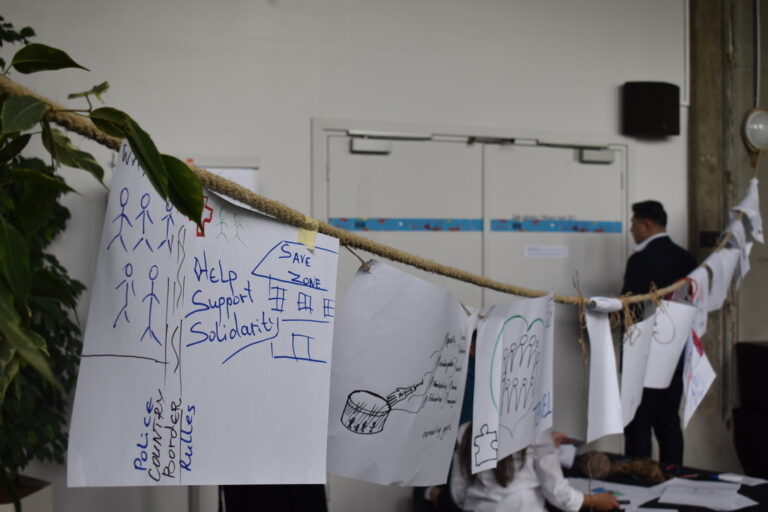
Council of Europe’s contributions to Roma
Here’s where the Council of Europe steps in. Noticing a lack of conversation surrounding the problems that Roma continue to face, they’ve been pushing for the rights and protection of Roma – specifically with Roma youth in mind.
Their work and recommendations to member states have guided the integration of Roma, improved their living conditions, and acted on the discrimination and exclusion of Roma.
Aside from acting on behalf of their general well-being, the Council also focuses on celebrating their cultural heritage and encouraging Roma to do so. Through their yearly seminar Roma Youth Together, dance, music, history, and art are brought to the forefront of the conversation; acknowledging their history and current treatment while applauding the vibrant culture they still hold.
Roma Youth Together in action
The Council’s yearly seminar brings together young Roma activists from across Europe to join in a 4-day celebration of International Romani Day on the 8th of April.
These annual meet-ups serve as a perfect example of why Roma remain connected, regardless of their background, language, or culture. Attendees often find common ground with one another, discovering shared traditions and cultural ties that unite Roma communities across Europe.
One particularly memorable activity involved participants gathering around an impromptu virtual campfire to share stories from their upbringings. Comments such as “That’s such a Roma thing to do” or “My parents have that tradition too!” were frequently exchanged, illustrating the deep cultural bonds within the Roma community while also highlighting how their traditions have diverged throughout Europe.
As part of the seminar, participants also engage in independent advocacy projects. One team developed a media plan to attract a social media audience to Roma causes. Their project resulted in a short Instagram reel explaining different aspects of Roma culture, aiming to educate and inspire viewers.
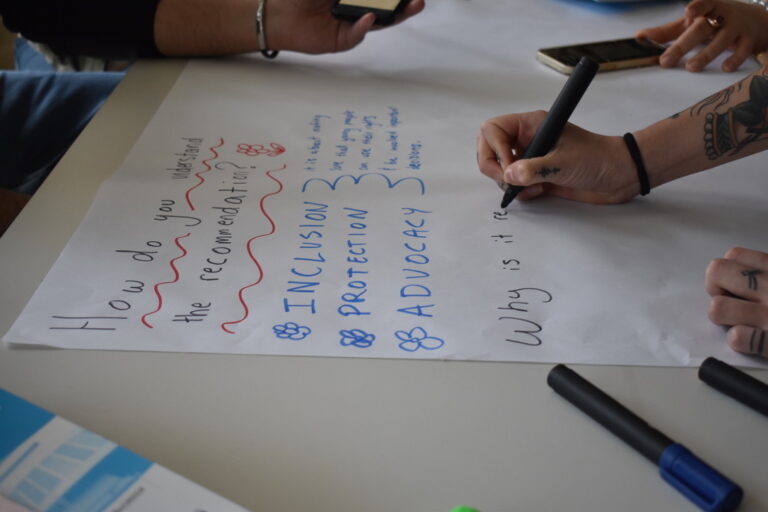
How can you help the Roma community?
Ternype is a group of youth organisations across Europe advocating for Romani rights by organising activities, rallies, and memorials for young people to educate and empower both Roma and non-Roma youth.
One of their events is Dikh he na Bister, a commemoration of the anniversary of the Roma and Sinti Holocaust – 2nd of August 1944, held annually in Poland.
Meanwhile, ERIAC (the European Roma Institute for Arts and Culture) is hard at work pushing for a European level of recognition of Roma arts and culture, holding exhibitions. A noteworthy recent event is a collection of Delaine Le Bas’ artwork, a highly political British-Roma artist whose pieces focus on battling anti-gypsyism.
